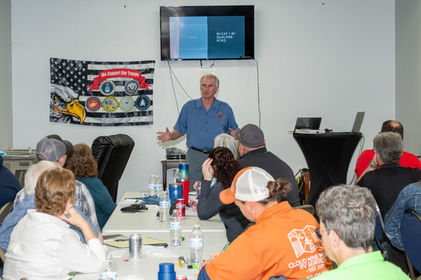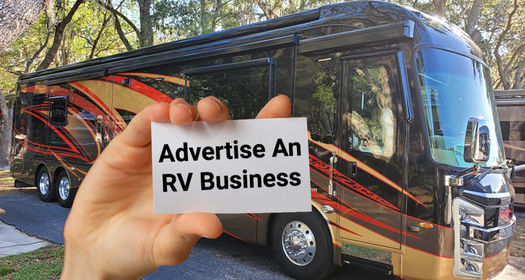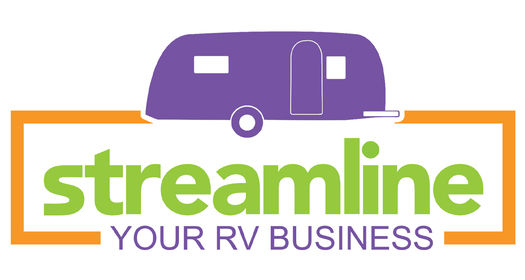
Earlier this year, My RV Resource hosted its third-annual My RV Resource Meetup. RV service pros and industry experts came together to network and participate in informational sessions on important industry topics. One of the most important topics we covered? Best practices for RV repair orders and how to prevent consumer lawsuits in RV repair.
If you missed this informational session, provided by Harold Oehler of Oehler Mediation & Training, here’s everything you need to know.
Don’t Assume You’re Safe from Consumer Lawsuits
It’s easy to assume that you would never be involved in a consumer lawsuit. You’re doing your job and serving your customers to the best of your ability. However, just a quick Google search for RV lawsuits shows myriad instances of consumers suing dealers, manufacturers, repair shops, and other RV service pros. They cite a range of issues, from “negligent repair work” to “not providing timely repairs.”
So, how can you keep yourself safe from consumer lawsuits? It all comes down to best practices in your RV repair orders and service agreements, as well as how thoroughly you document your interactions with the consumer.
Harold Oehler had plenty of tips for us on all of the above, based on his wealth of experience. Oehler has worked as a lawyer representing dealerships in the RV and automotive industry for more than 30 years, assisting RVIA lawyers with best practices. Currently, Oehler is a mediator with the DeMars RV Mediation Program, which helps resolve issues with manufacturers via virtual mediation. Here’s what he had to say.
Tip #1: Thorough Documentation is Key for RV Repair Orders
When litigation arises, thorough and clear RV repair orders can absolutely ensure that you’re protected from a lawsuit.
So, what do watertight RV repair orders look like? Oehler mentioned a few things you should do.
First, make sure that your RV repair orders include the 3 C’s: complaint, cause, and corrective action. Be careful with your wording, however. As you document customer complaints, ensure that you’re attributing complaints directly to the customer. Use “c/s” or “customer states” in your notes. Don’t use words like “defect,” or “shoddy workmanship” or use adjectives that you’ve come up with on your own. State the facts only and always attribute complaints and issues to the customer.
If the customer mentions any accidents, self-repairs, or any other information relevant to the complaint, cause, or needed corrective actions, be sure to include them.
As you specify repairs needed, be as specific as possible. Don’t just mention a vague unit like a “slide out” or “window.” Which specific window or slide out needs to be repaired?
Likewise, be as specific as possible regarding the customer’s requests, as well as the pricing for any repairs. Do not offer or promise repairs outside the scope of your services.
As you pull all of this documentation together, ensure it’s accessible to the customer and legible.
Once you present the RV repair order and customer agreement to the customer, if they agree to the repairs, make sure that they sign and date the order. If they refuse the repairs, still document that, and get their dated signature.
Once the repair order is approved and repairs are completed, further document when repairs were completed, and the day and time the customer was notified they could pick up the unit, or that the RV could be used.
Tip #2: Add a Pre-Suit Mediation & Inspection Provision to Your Customer Agreement or RV Repair Orders
A pre-suit mediation and inspection provision in your customer agreement can stop potential lawsuits before they even begin.
Oehler recommended adding the following verbiage:
“I agree to participate in a vehicle inspection and pre-suit mediation in the county where the (inspection/service) was provided before any legal action of any kind against the (inspector/service provider) involving the (inspection/servicing) of the subject vehicle.”
Make sure this provision includes that you and the customer will split costs for any mediation services. Include details regarding venue, a warranty waiver (in bold type), a consequential/incidental/damages waiver, opportunity to repair, and a damages limitation that states the cost of repair is the exclusive remedy.
Tip #3: Limit Time Out of Service
Limit “time out of service” by clearly and thoroughly documenting your services, including arrival and departure times, and time waiting on parts. Include information on whether or not the customer can use the part in need of repairing, in the meantime. Make sure the customer sees this documentation, approves it, and signs and dates it. Before and after photos can provide further documentation.
Tip #4: Get Your Customer Agreement Signed Before You Start
While it seems a little obvious, it’s not always the case that an RV service pro gets their customer agreement and RV repair orders signed before they begin work. Make sure you do so and even if the customer refuses the repair, get that documented and signed as well.
If the customer is not available to sign RV repair orders in person, use DocuSign, so they can sign the documentation remotely, quickly, and conveniently, using their phone or computer.
Tip #5: Document All Communication with the Customer
Throughout the inspection and/or repairs process, be sure to document every and all communications with the customer, identifying such communications specifically by customer name and/or VIN. You should document all verbal exchanges, telephone calls, unreturned calls, voicemails, missed appointments, and similar. Keep documentation of all email messages and attachments, as well as all pictures or other documentation provided by the customer.
If there are any Better Business Bureau (BBB) complaints, attorney general complaints, or similar, document that communication as well.
Additionally, during communication, ensure that you’re prompt in getting back to customers, but never over-communicate.
Tip #6: Stick to the Facts
Along the lines of never over-communicating, and not inserting your own opinions into communication with the customer or your RV repair orders, likewise never write negative opinions about the customer, manufacturer, or any other aspect of the transaction, anywhere.
Stick to the facts only.
Tip #7: Never Quit on a Customer Due to Potential Litigation
Lastly, never drop a customer because they bring up litigation. Keep working to get the customer on the road and use your best customer service to sway their intentions.
However, if a service dispute does escalate to litigation, Oehler recommends warranty litigation defense attorney W. Scott Powell, Esq., available at 407-647-5551 x101 or Spowell@Powell-Law.net.
Need More Help?
By following these best practices for RV repair orders, you can prevent consumer lawsuits in RV repair and ensure a smooth service experience for your customers.
My RV Resource is here to help RV service pros grow their businesses and better serve RV enthusiasts around the country. If you’re an RV service provider or product supplier, add your company listing on My RV Resource to take advantage of the most affordable marketing and networking solution today!






Leave Comment Below
0 Comment(s)